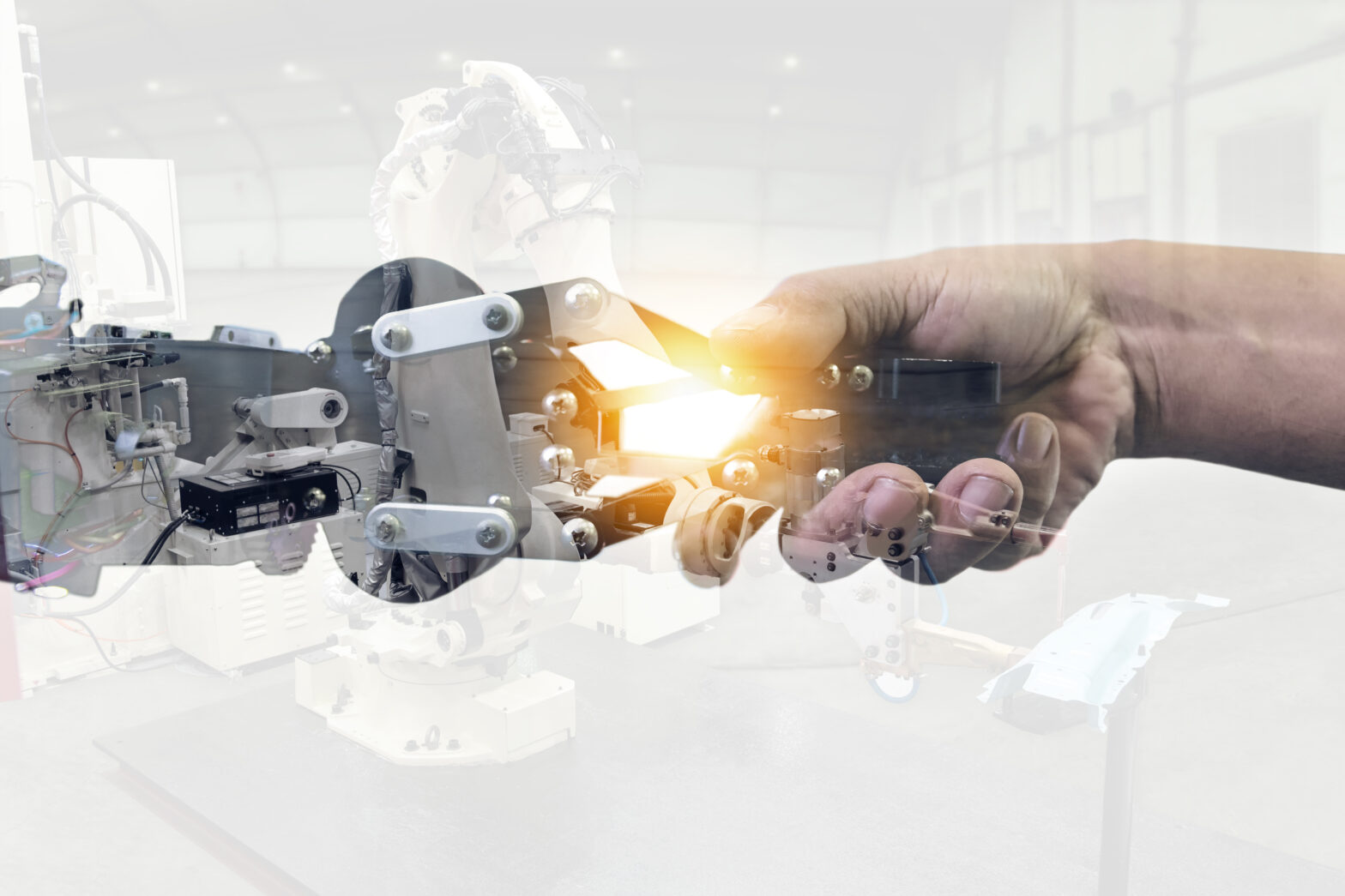Like all business buzzwords, digital transformation continues to be thrown around by industry players left, right and centre. And there’s no shortage of statistics around digital transformation either – 87% of companies believe it will give them a competitive advantage, 27% of execs rate it as a matter of survival, and 85% of decision makers have a two-year timeframe for roll out.
What is clear is that while many appear to be talking-the-talk, it seems very few can actually walk-the-walk. However, one stat should be paid attention to – 92% of businesses believe that the use of automation will be put to wider use within their company during the next 12 months. So, why is this so important?
The robotic revolution
The phrase ‘digital transformation’ increasingly refers to simple-to-understand changes that enable a business to give their customers a digital experience, similar to the one they’d receive from a company such as Amazon or Uber.
>See also: The robots keep rising as AI-driven business transformation evolves
However, while an improved front-of-business may be extremely attractive, it doesn’t bring as many benefits as a digital transformation strategy that optimises both the front and back office. Or rather a strategy that considers that there is actually no front and back office but that all functions are designed to service the customer in a fully robotic environment and where customers are able to interact through self-service.
By transforming underlying manual back office processes, organisations can create entire systems that need little to no human intervention – enter the robotic revolution.
It can be argued that robotics holds the key to removing the repetitive back office processes required for every single interaction across a business: a sale, a customer enquiry, a quarterly close, and many others. As back office processes add no value to the business, but are fundamental to the smooth running of operations, robotics are the most logical way to improve process efficiencies and quality.
>See also: Digital transformation is just business transformation
Using robotics intelligently within an organisation can eliminate human error, replace timely manual tasks and deliver a seamless customer self-service experience. It also frees up budget and redirects resources that can then be utilised where they deliver real impact to the business. Take customer care, marketing and product innovation as just a few examples.
Looking ahead
The nirvana of ‘digital transformation’ is not simply achieved by adding a smart consumer interface, or app. Today’s businesses operate in an uncertain global economy, beset by fluctuating FX rates and changing international supply chains.
Back office processes are no longer behind the scenes – they are very much front and centre of operations. The impact of siloed, fragmented or inefficient processes therefore has a major impact on businesses ability to innovate, service customers and stay competitive.
>See also: Robot revolution to transform human workplaces
No customer will choose a supplier based on its efficient back office, though they will look at past user reviews and may be dissuaded from choosing a supplier because of poor service, or a disconnected experience.
So only when an organisation manages to eliminate its back office and implement a truly holistic digital transformation strategy, covering both front and back office processes, will they achieve what all businesses are looking to achieve – agility, scalability and innovation.
Digital transformation is a convenient label for an easily implemented customer-facing intervention but, by focusing on eliminating costly and unnecessary processes throughout the business, organisations can build an environment where agility and innovation are truly part of their DNA.
Sourced by Tijil Vyyk, CEO and founder, Redwood Software







